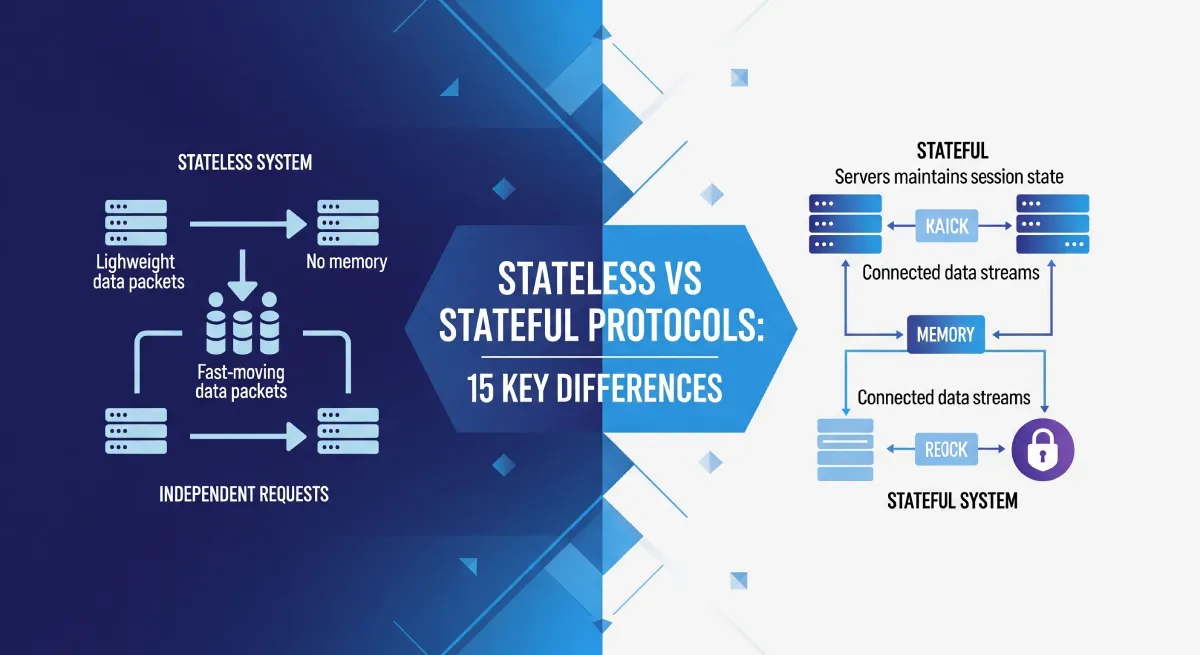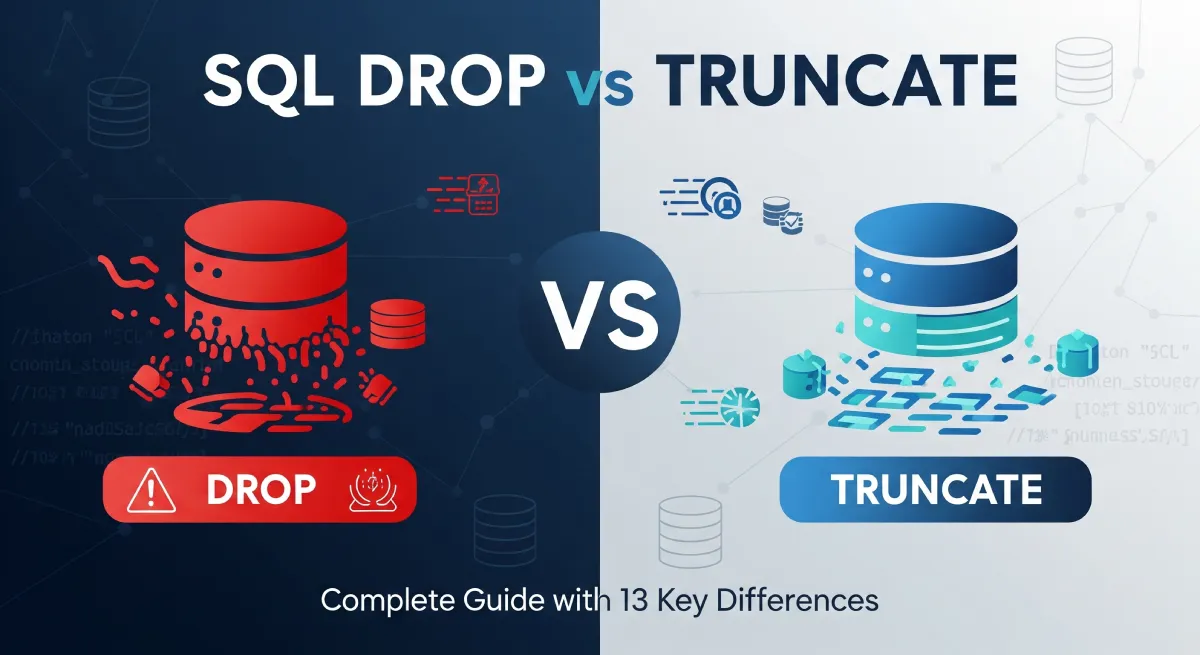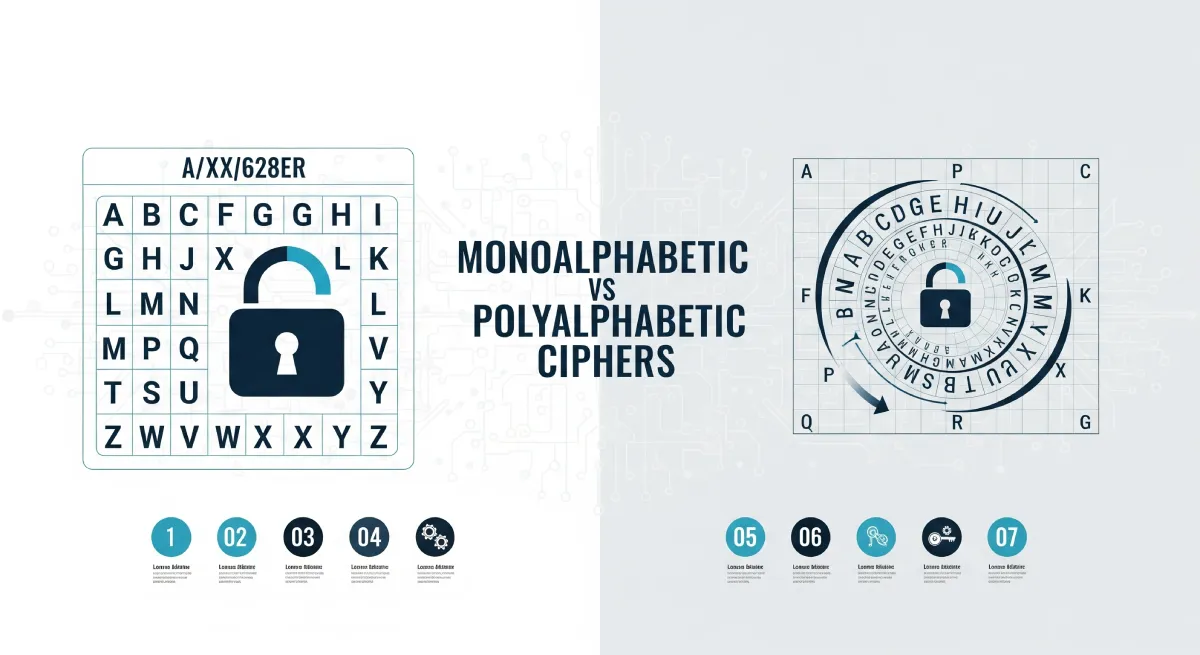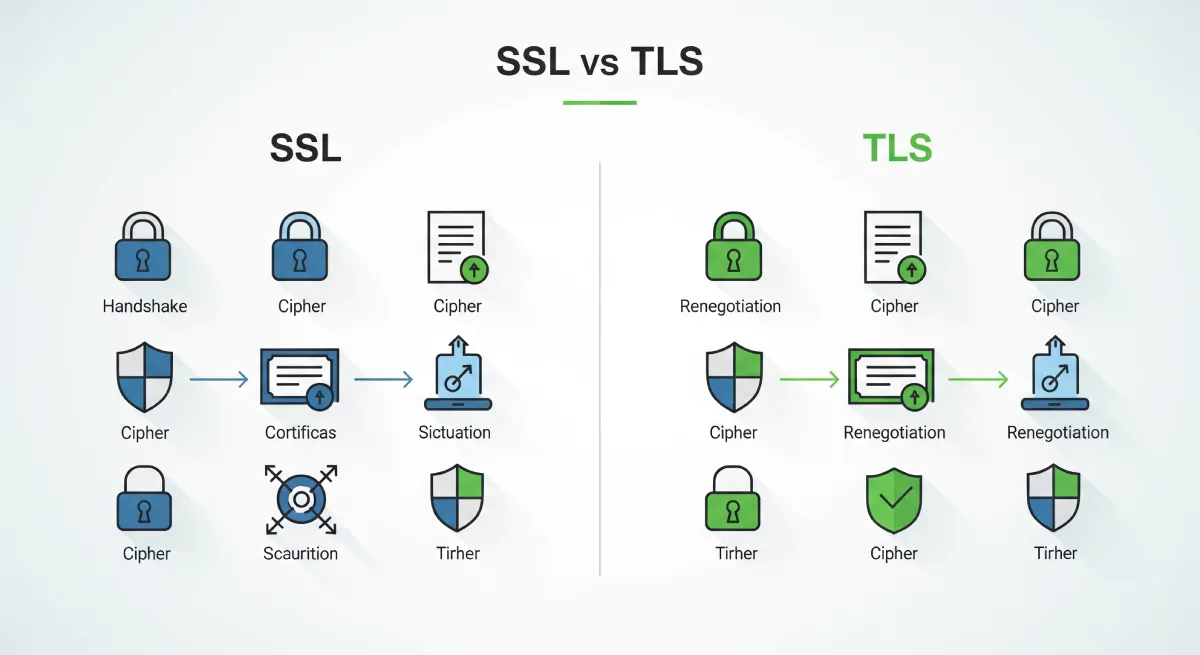Introduction
Graph vs tree data structures represent two of the most fundamental concepts in computer programming. Understanding the difference between these essential data structures is crucial for any developer looking to build efficient algorithms and solve complex programming challenges.
While both graphs and trees help organize and store data efficiently, they serve distinct purposes and have unique characteristics that make them suitable for different types of problems. Trees excel at representing hierarchical relationships, while graphs are perfect for modeling complex networks and interconnected systems.

This comprehensive guide will walk you through everything you need to know about graph vs tree data structures. Whether you’re a beginner programmer preparing for coding interviews or an experienced developer looking to refresh your knowledge, you’ll master the fundamental differences, performance comparisons, use cases, and practical applications of these essential data structures.

What is Tree?
A tree is a hierarchical data structure that consists of nodes connected by edges. Think of it like a family tree or an organizational chart – there’s a clear hierarchy with one element at the top (the root) and branches extending downward.
Advantages:
- Simple to understand and implement
- Efficient for hierarchical data
- Fast search operations (in balanced trees)
- Memory efficient
- Easy traversal algorithms
- No need for cycle detection
Disadvantages:
- Limited to hierarchical relationships
- Can become unbalanced, affecting performance
- Cannot represent complex network relationships
- Rigid structure
Key Characteristics of Trees:
- Root Node: The topmost node that has no parent
- Parent-Child Relationship: Every node (except the root) has exactly one parent
- No Cycles: You cannot start from a node and return to it by following the edges
- Connected: All nodes are reachable from the root
- Acyclic: No loops or circular paths exist
Common Types of Trees:
- Binary Tree: Each node has at most two children (left and right)
- Binary Search Tree: A binary tree where left child < parent < right child
- AVL Tree: Self-balancing binary search tree
- Heap: Complete binary tree with specific ordering properties
- Trie: Tree structure used for storing strings efficiently

What is Graph?
A graph is a more flexible data structure consisting of vertices (nodes) connected by edges. Unlike trees, graphs don’t have a strict hierarchy and can represent complex relationships between elements.
Advantages:
- Highly flexible and versatile
- Can represent any type of relationship
- Perfect for modeling real-world networks
- Supports complex algorithms (shortest path, connectivity)
- Can handle disconnected components
Disadvantages:
- More complex to implement
- Requires cycle detection in traversal
- Higher memory overhead
- Algorithms can be computationally expensive
- More difficult to visualize
Key Characteristics of Graphs:
- Vertices (Nodes): The individual elements in the graph
- Edges: Connections between vertices
- Flexible Structure: No fixed hierarchy or root
- Can Have Cycles: Circular paths are allowed
- May Be Disconnected: Not all nodes need to be reachable from each other
Types of Graphs:
- Directed Graph: Edges have a specific direction
- Undirected Graph: Edges work in both directions
- Weighted Graph: Edges have associated values (weights)
- Unweighted Graph: All edges are equal
- Cyclic Graph: Contains at least one cycle
- Acyclic Graph: No cycles present
Key Differences Between Graph and Tree
Tree | Graph |
|---|---|
| Has a single root node | No specific root node, can have multiple starting points |
| Hierarchical structure with parent-child relationships | Non-hierarchical structure with flexible connections |
| No cycles allowed (acyclic) | Can contain cycles |
| Always connected (one component) | Can be disconnected (multiple components) |
| Each node has exactly one parent (except root) | Nodes can have multiple parents or no parents |
| Simpler traversal algorithms | More complex traversal requiring cycle detection |
| N nodes = N-1 edges | Can have any number of edges |
| Memory efficient for hierarchical data | May require more memory for complex relationships |
| Easier to implement and understand | More complex implementation |
| Limited to representing hierarchical relationships | Can represent any type of relationship |
Time Complexity Comparison
Operation | Tree | Graph |
|---|---|---|
| Traversal (DFS/BFS) | O(n) | O(V + E) |
| Search | O(log n) for balanced trees, O(n) for unbalanced | O(V + E) |
| Insertion | O(log n) for balanced trees | O(1) for adding vertex, O(V) for adding edge |
| Deletion | O(log n) for balanced trees | O(V + E) |
| Space Complexity | O(n) | O(V + E) |
Note: n = number of nodes, V = vertices, E = edges
Real-World Applications
Where Trees Are Used:
- File Systems: Folders and subfolders in your computer
- HTML DOM: Structure of web pages
- Database Indexing: B-trees in database systems
- Decision Making: Decision trees in machine learning
- Expression Parsing: Mathematical expressions in compilers
- Organizational Charts: Company hierarchies
- Game Development: Game state trees
Where Graphs Are Used:
- Social Networks: Facebook friends, Twitter followers
- Navigation Systems: GPS routing and maps
- Internet: Web pages connected by hyperlinks
- Recommendation Systems: Netflix, Amazon product suggestions
- Circuit Design: Electronic circuit connections
- Transportation Networks: Flight routes, subway systems
- Computer Networks: Network topology
Implementation Examples
Simple Tree Implementation
class TreeNode:
def __init__(self, value):
self.value = value
self.children = []
self.parent = None
def add_child(self, child_node):
child_node.parent = self
self.children.append(child_node)
# Example usage
root = TreeNode("CEO")
manager1 = TreeNode("Manager 1")
manager2 = TreeNode("Manager 2")
root.add_child(manager1)
root.add_child(manager2)
Simple Graph Implementation
class Graph:
def __init__(self):
self.vertices = {}
def add_vertex(self, vertex):
if vertex not in self.vertices:
self.vertices[vertex] = []
def add_edge(self, vertex1, vertex2):
if vertex1 in self.vertices and vertex2 in self.vertices:
self.vertices[vertex1].append(vertex2)
self.vertices[vertex2].append(vertex1) # For undirected graph
# Example usage
graph = Graph()
graph.add_vertex("A")
graph.add_vertex("B")
graph.add_edge("A", "B")
When to Use Which Structure
Choose Trees When:
- Your data has a clear hierarchical structure
- You need to represent parent-child relationships
- You want to avoid cycles in your data
- You need efficient searching in sorted data (Binary Search Tree)
- You’re building file systems or organizational structures
- You need to parse expressions or build syntax trees
Choose Graphs When:
- Your data has complex, interconnected relationships
- You need to represent networks or maps
- Cycles are natural in your data (like social connections)
- You need to find shortest paths between points
- You’re modeling real-world networks (social, transportation, etc.)
- You need to solve problems involving connectivity
Common Algorithms
Tree Algorithms:
- Tree Traversal: Inorder, Preorder, Postorder
- Height Calculation: Finding tree height
- Lowest Common Ancestor: Finding common parent
- Tree Balancing: AVL rotations, Red-Black tree operations
- Binary Search: Searching in BST
Graph Algorithms:
- Breadth-First Search (BFS): Level-by-level traversal
- Depth-First Search (DFS): Deep exploration
- Dijkstra’s Algorithm: Shortest path in weighted graphs
- Topological Sort: Ordering of directed acyclic graphs
- Minimum Spanning Tree: Kruskal’s and Prim’s algorithms
Frequently Asked Questions
Is a tree a type of graph?
Yes, a tree is a special type of graph. Specifically, it’s a connected, acyclic graph with exactly n-1 edges for n nodes. Every tree is a graph, but not every graph is a tree.
Can I convert a graph into a tree?
You can extract a spanning tree from a connected graph, but this involves removing some edges to eliminate cycles. The resulting tree will connect all vertices but won’t preserve all the original relationships.
Which is more efficient: graphs or trees?
It depends on your use case. Trees are more efficient for hierarchical data and simple operations, while graphs are better for complex relationship modeling despite higher computational costs.
Why do we need different data structures?
Different problems require different approaches. Trees excel at hierarchical organization, while graphs are perfect for network-like structures. Using the right data structure makes your program more efficient and easier to understand.
Can a graph have no edges?
Yes, a graph can have vertices with no edges connecting them. This is called a null graph or empty graph. However, a tree with more than one node must have edges to maintain connectivity.
What happens if I add a cycle to a tree?
Adding a cycle to a tree transforms it into a graph. The resulting structure is no longer a tree because trees, by definition, cannot contain cycles.
Conclusion
Understanding the differences between graph vs tree data structures is crucial for choosing the right data structure for your specific needs. Trees provide elegant solutions for hierarchical data with their simple structure and efficient operations. Graphs offer flexibility and power for modeling complex relationships found in real-world scenarios.
When making your choice, consider these key factors: the nature of your data relationships, performance requirements, implementation complexity, and the specific algorithms you need to use. Trees work best for hierarchical structures like file systems and organizational charts, while graphs excel in network analysis, social media platforms, and navigation systems.
Remember that mastering both data structures opens up numerous possibilities in programming and problem-solving. Whether you’re building a simple menu system or designing a complex recommendation engine, understanding graphs and trees will help you create more efficient and effective solutions.



